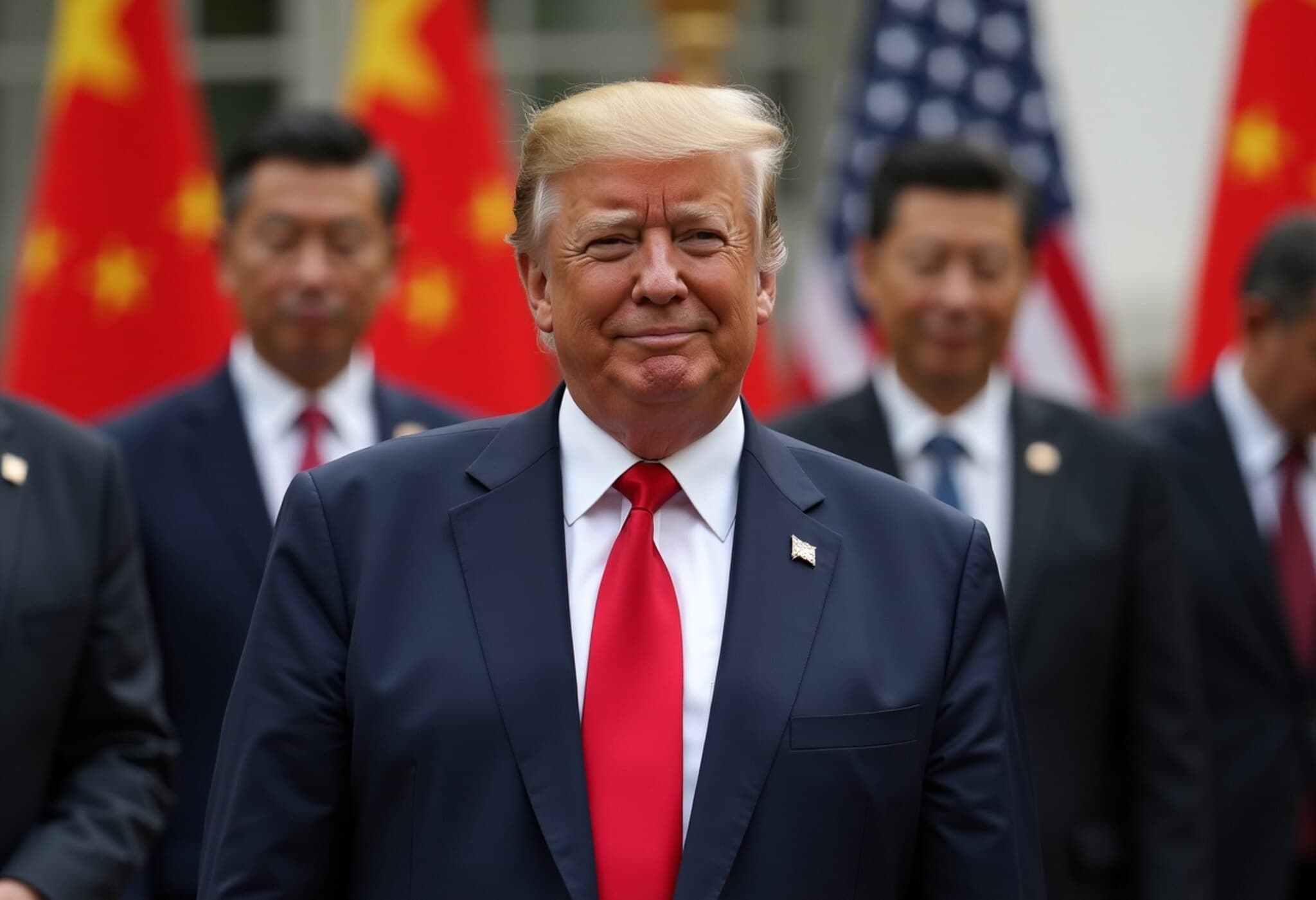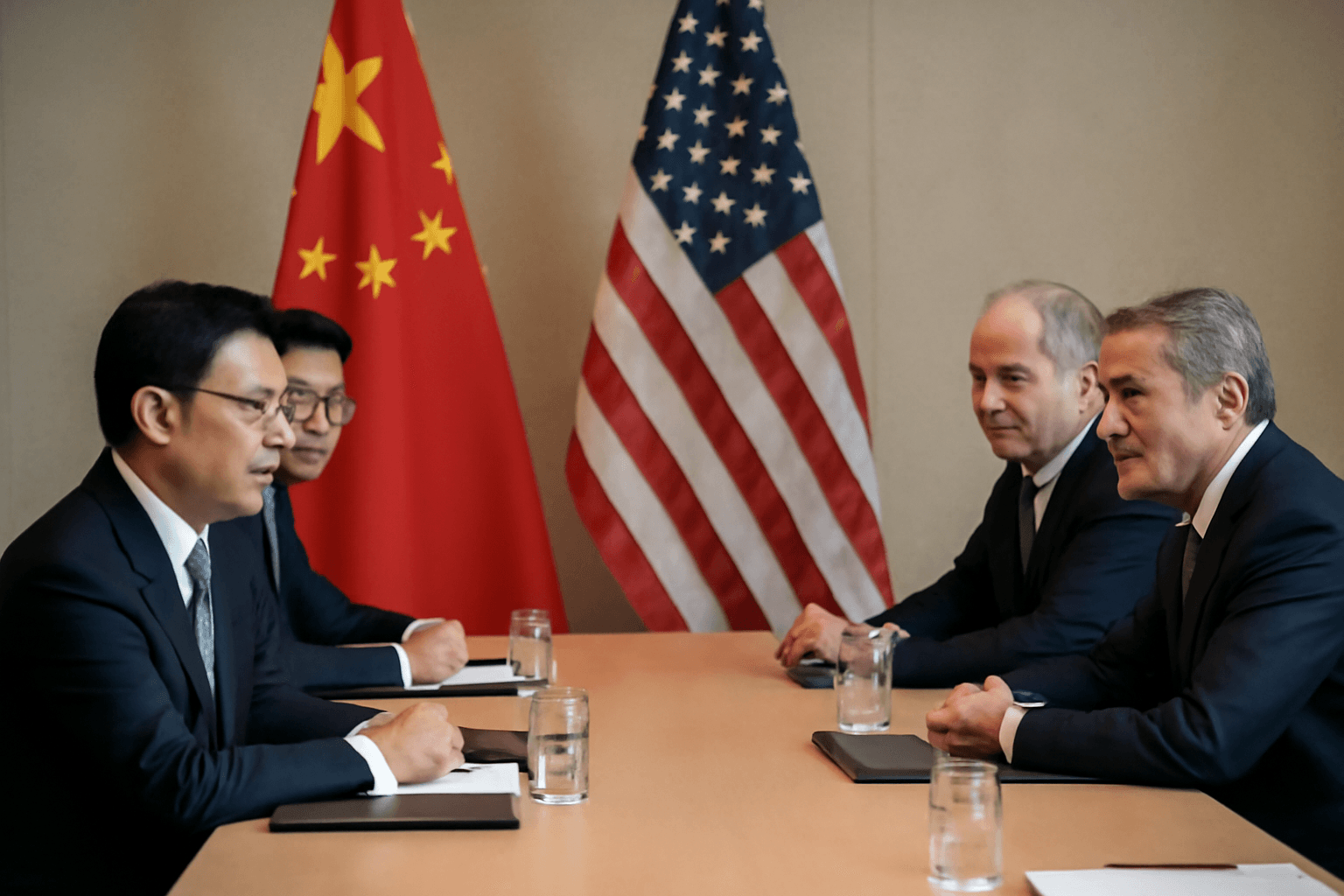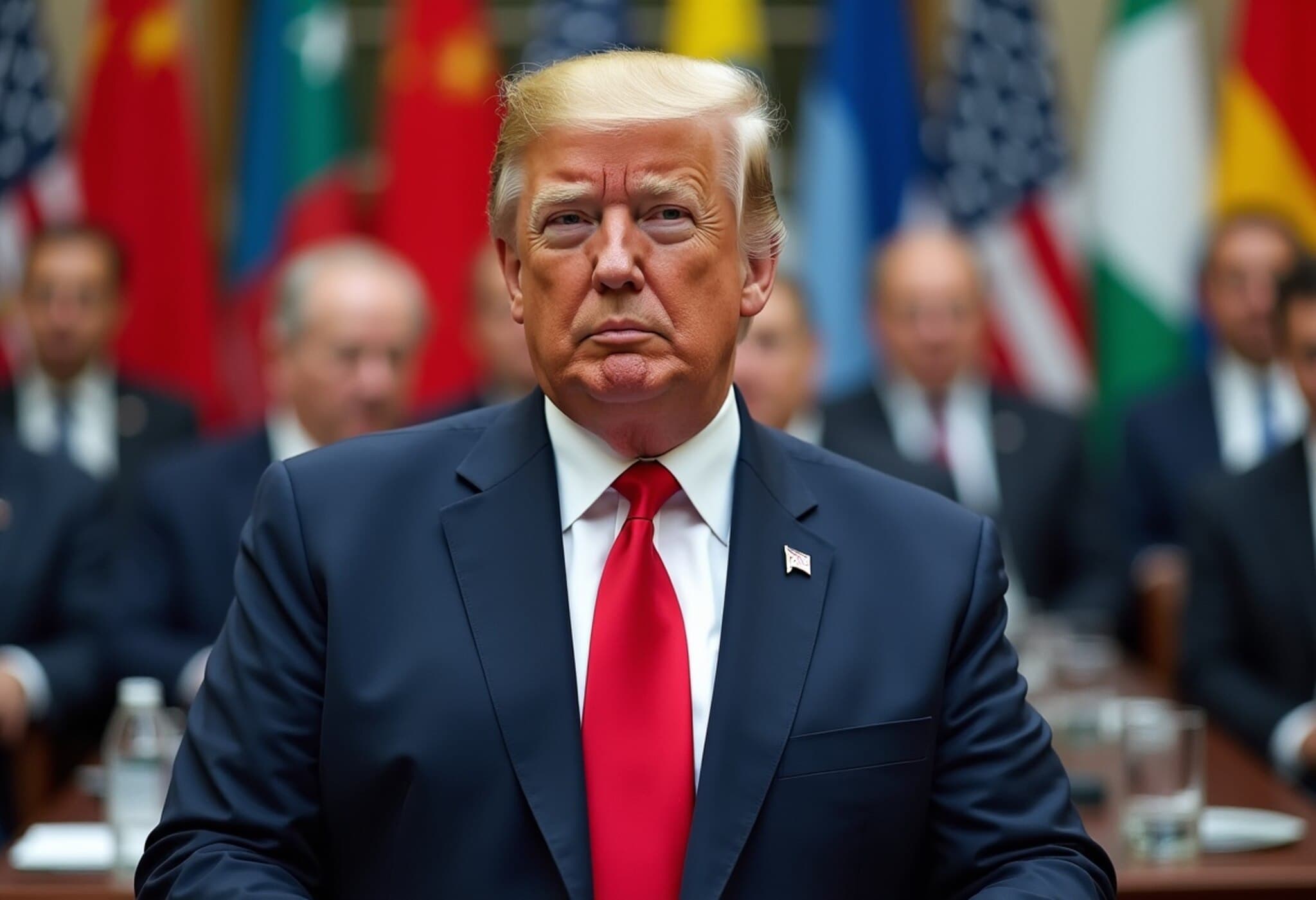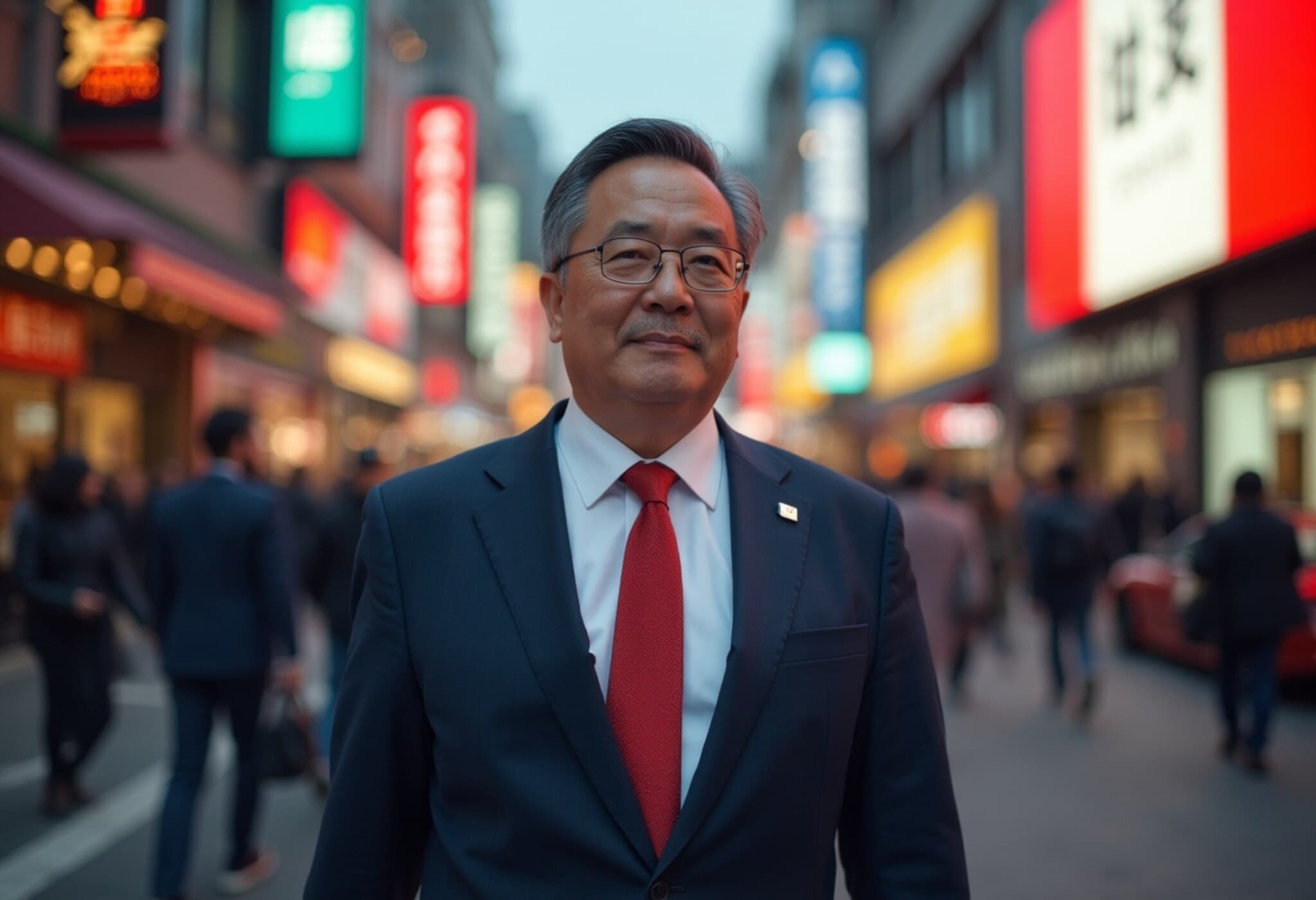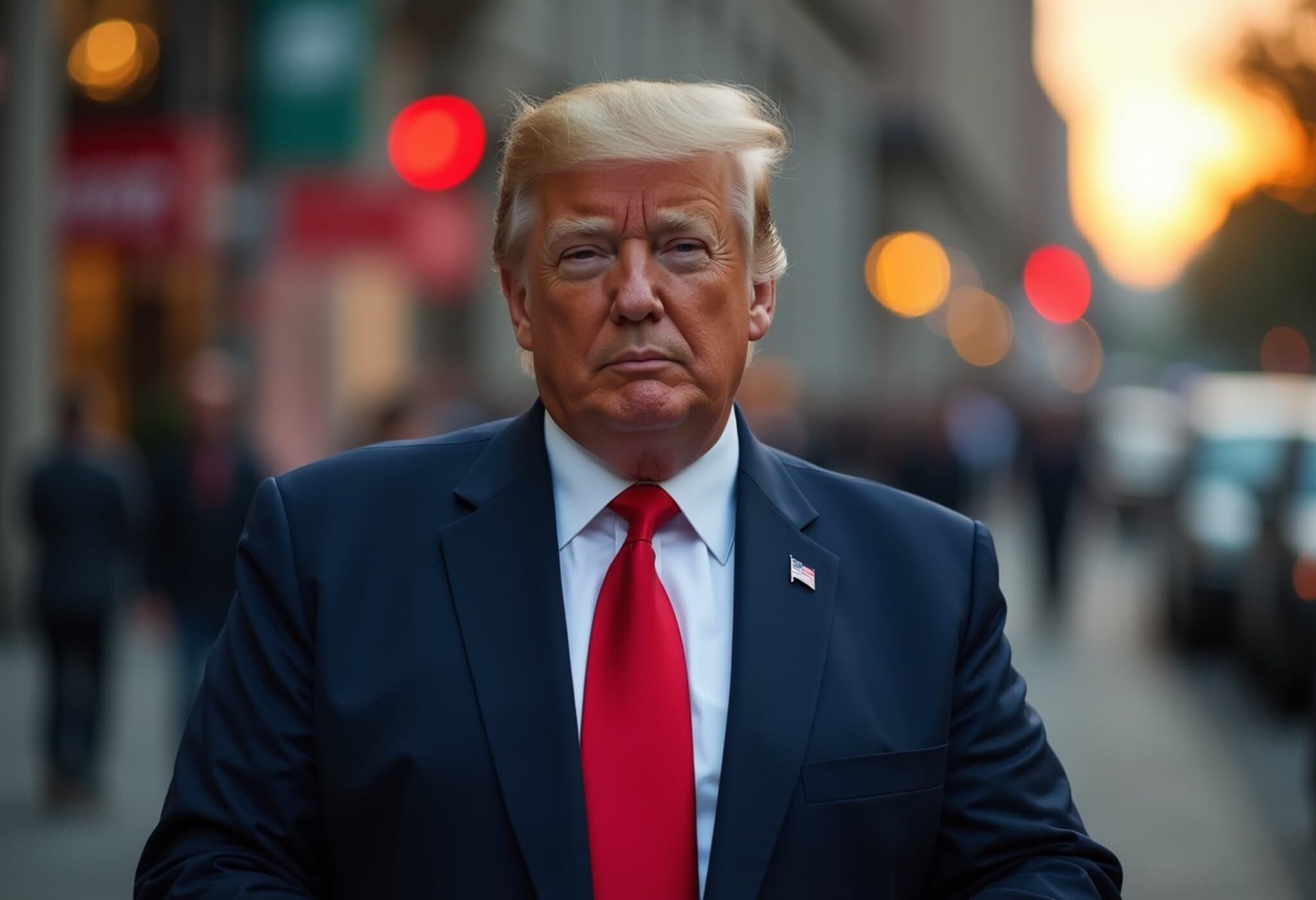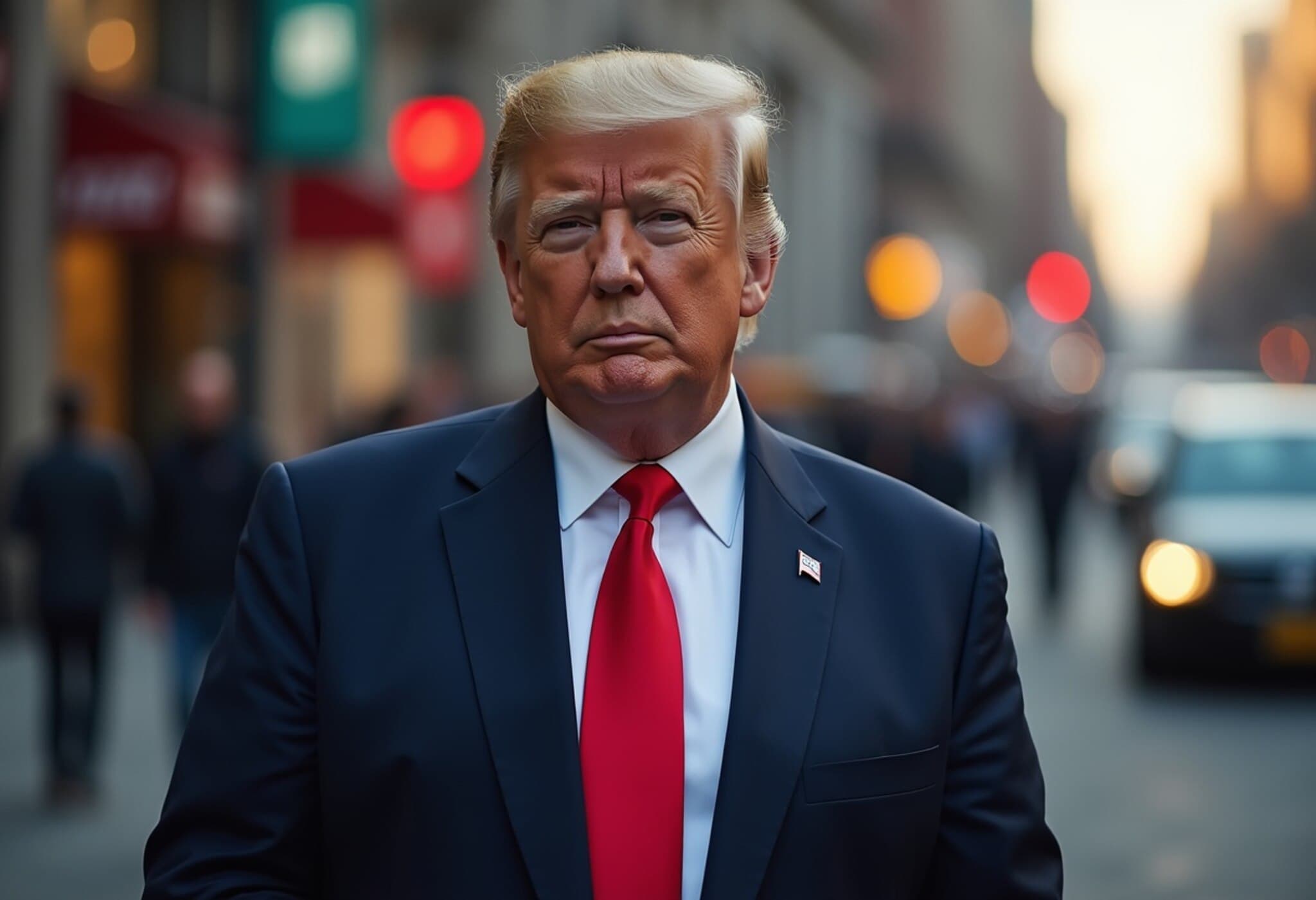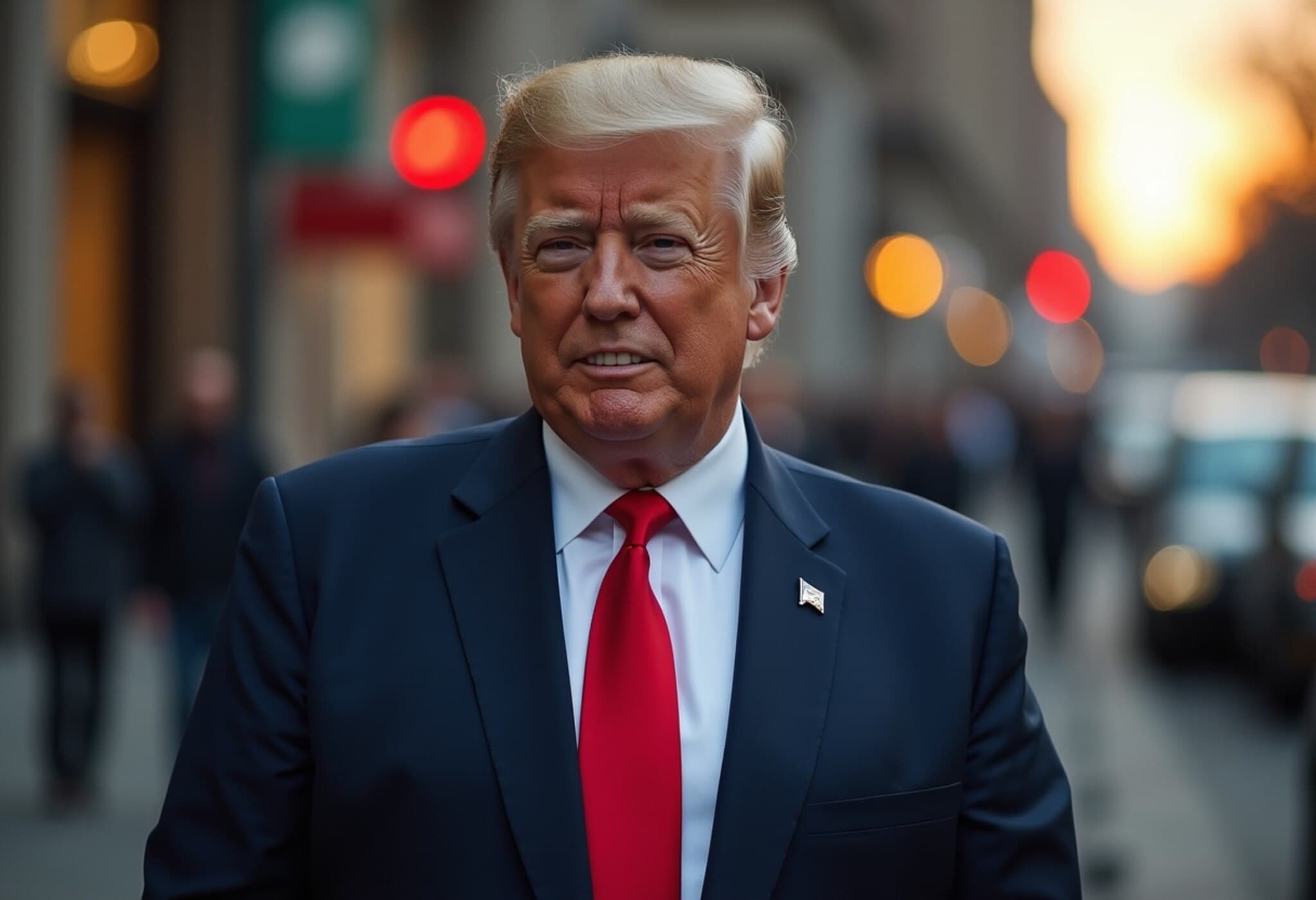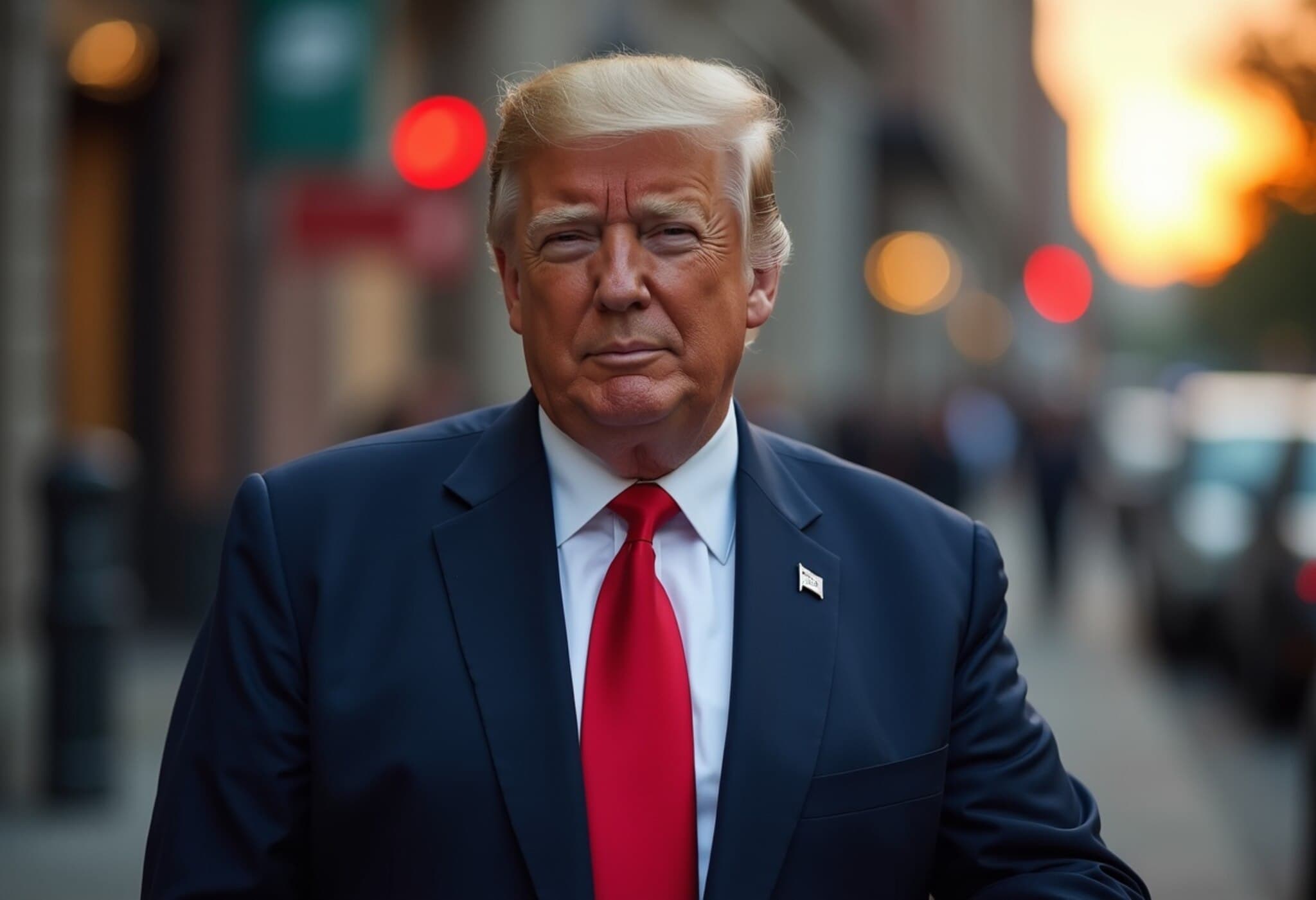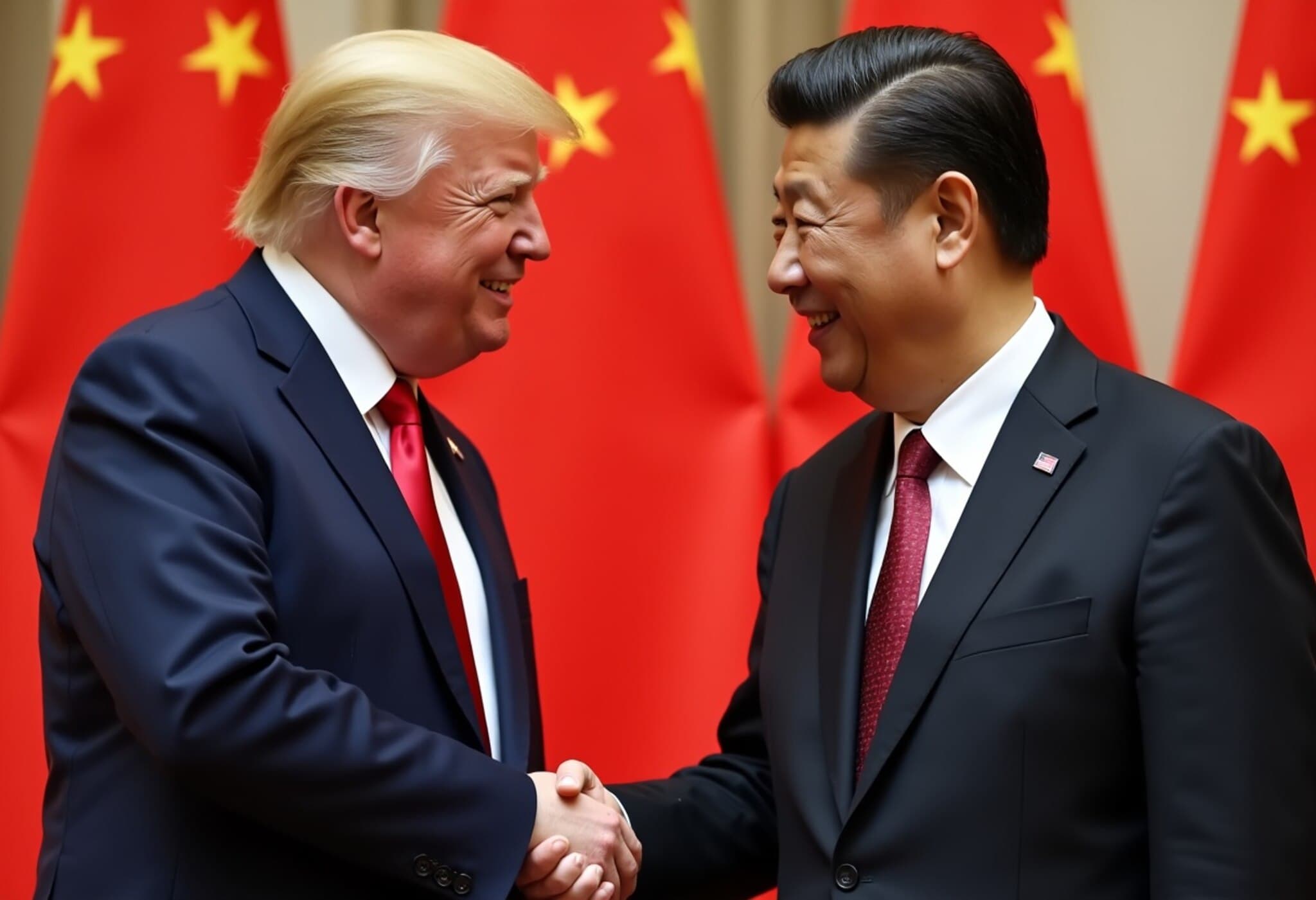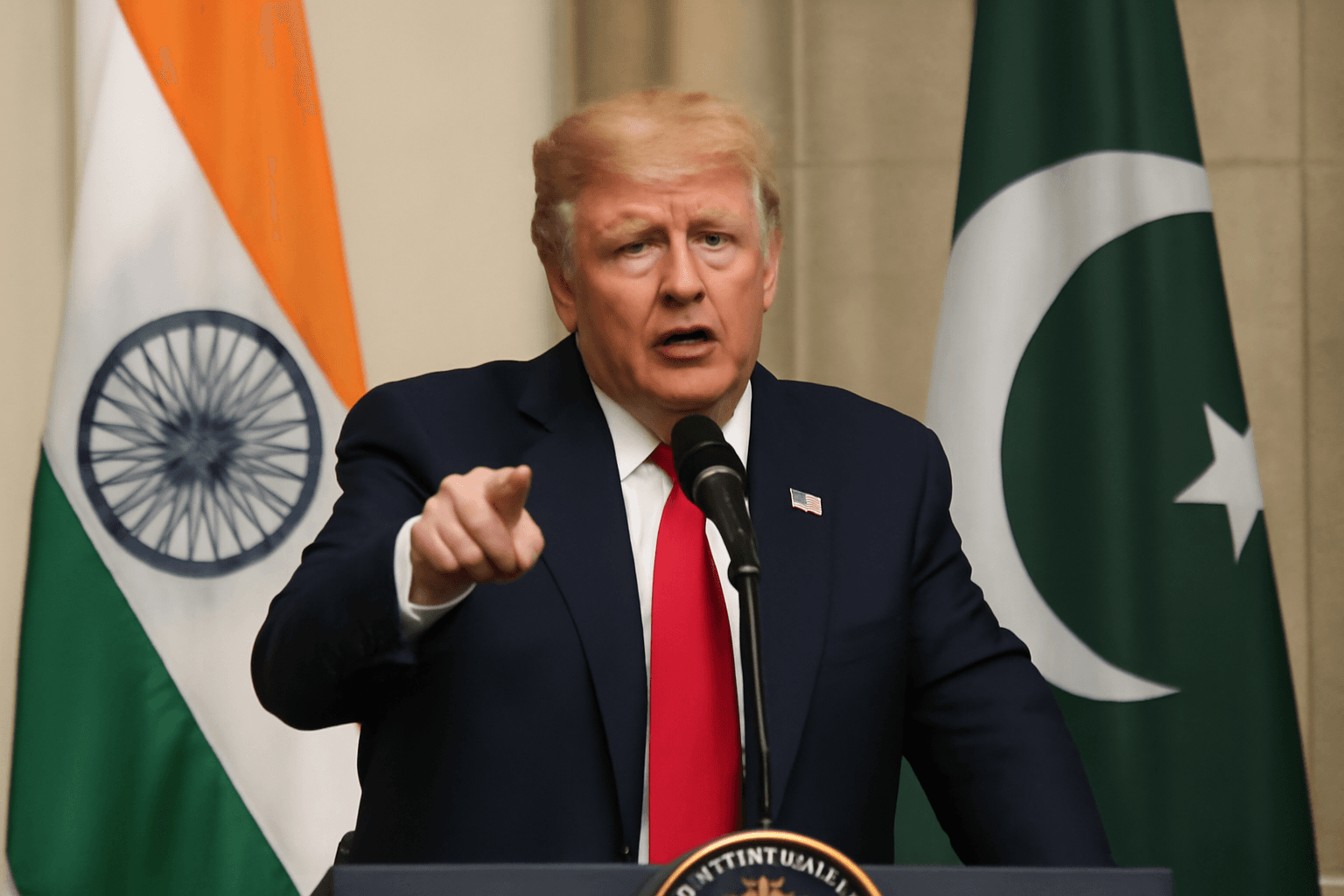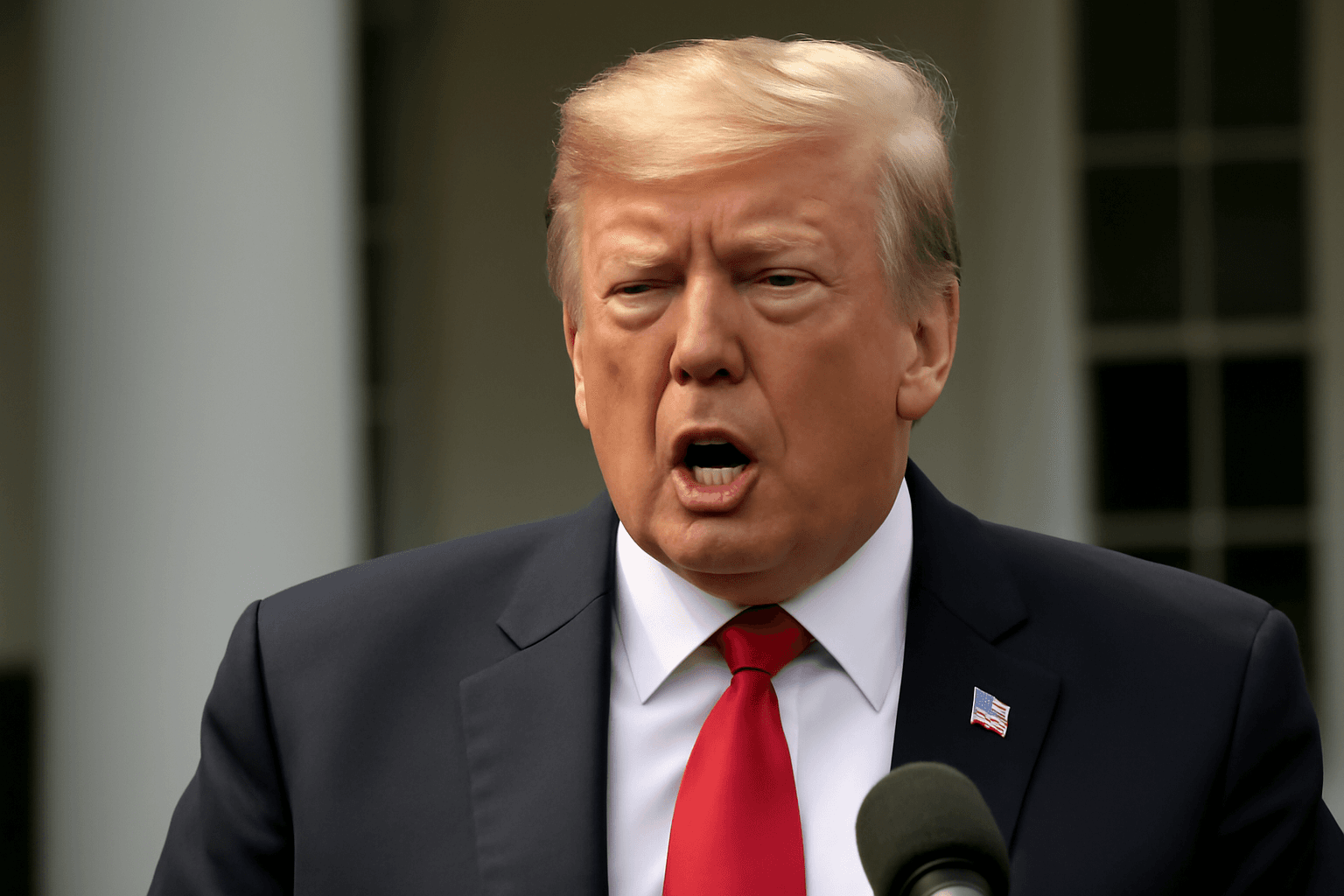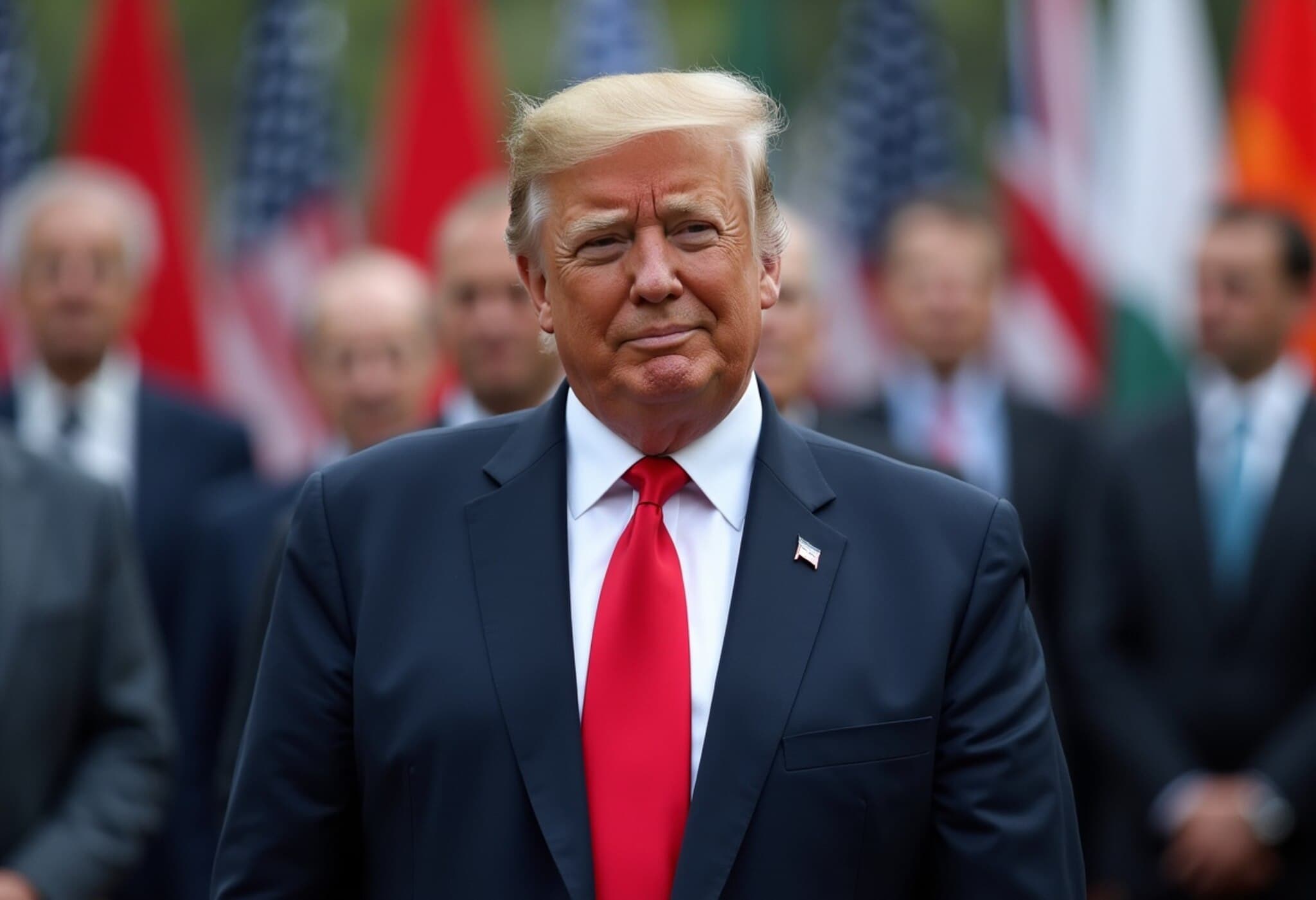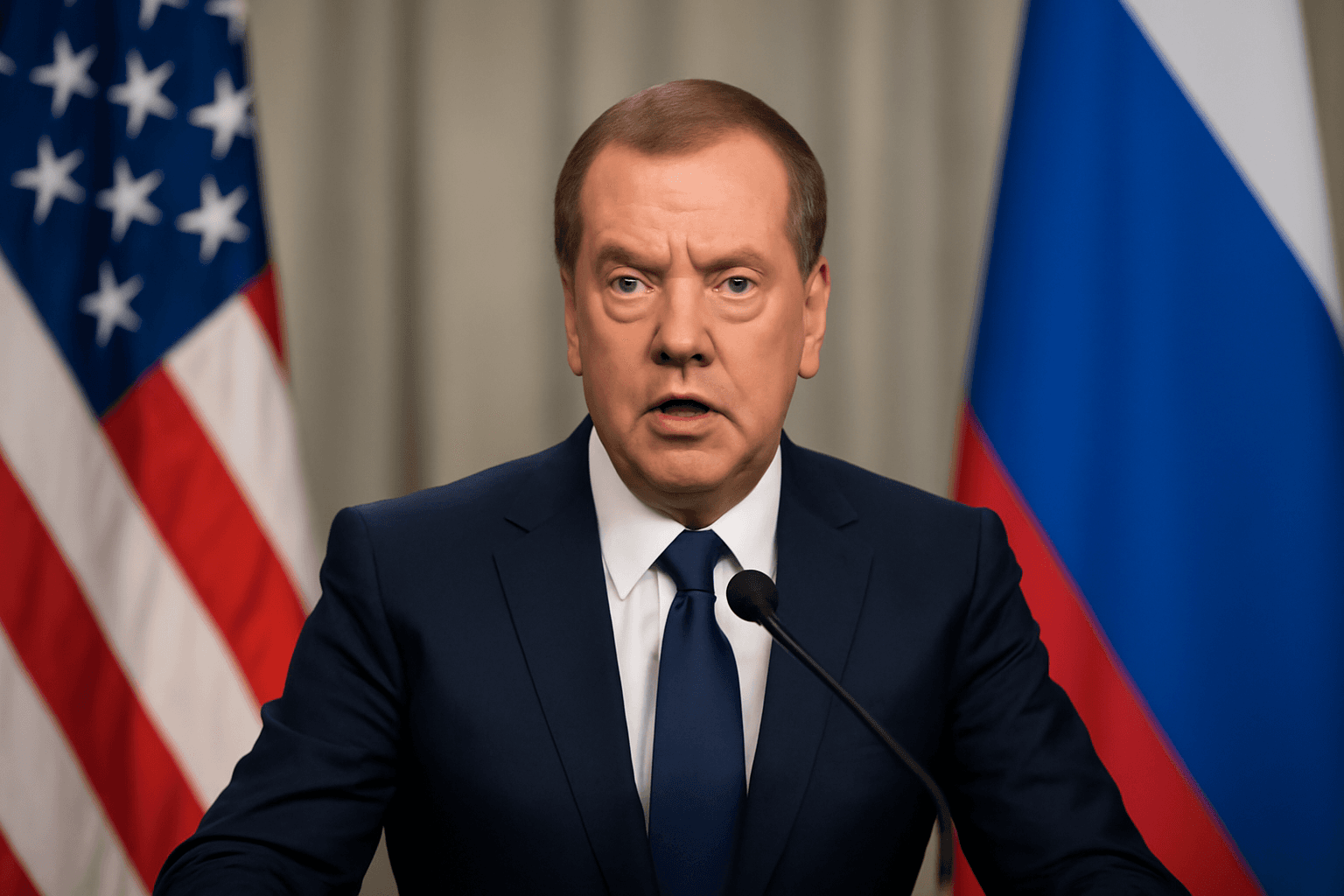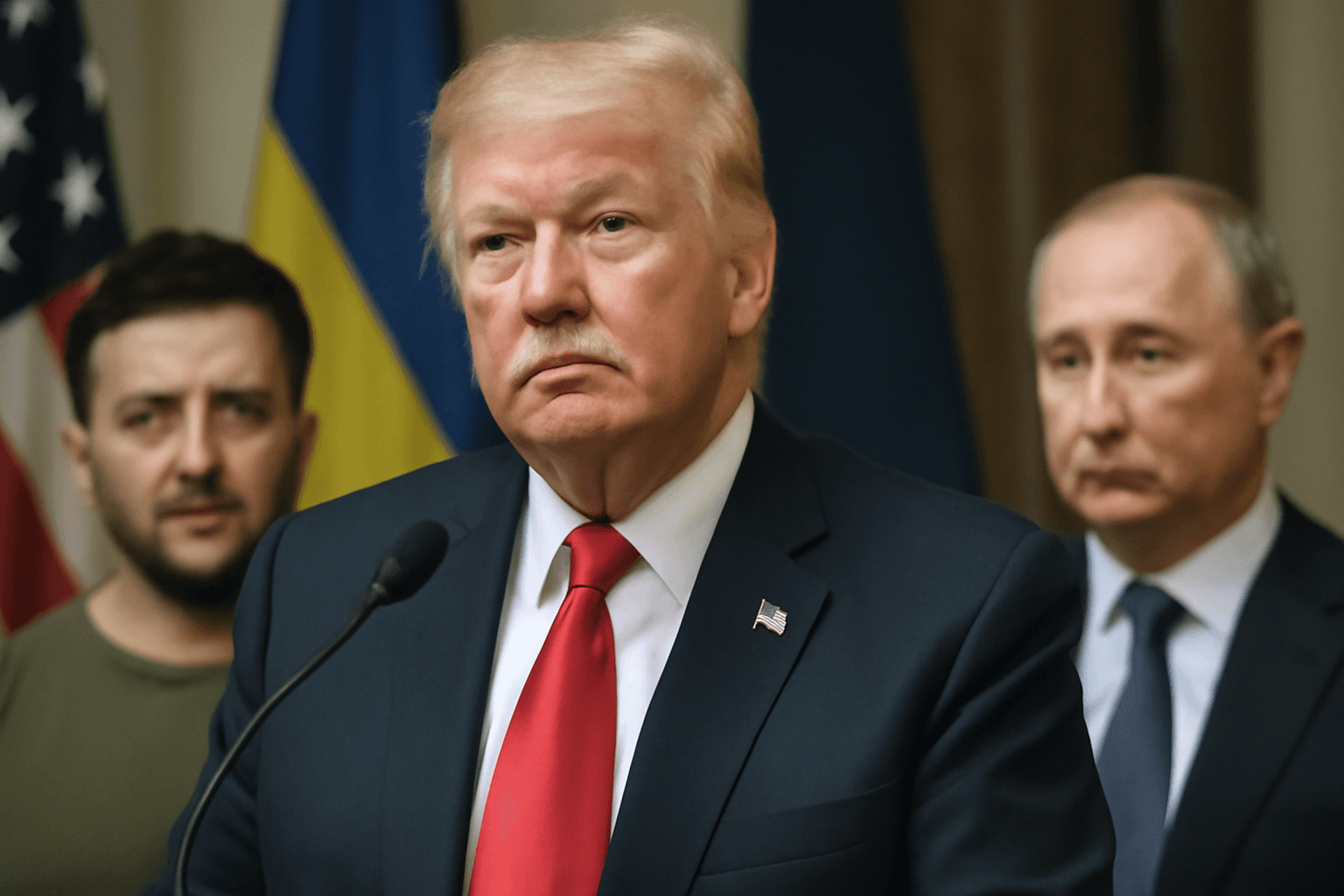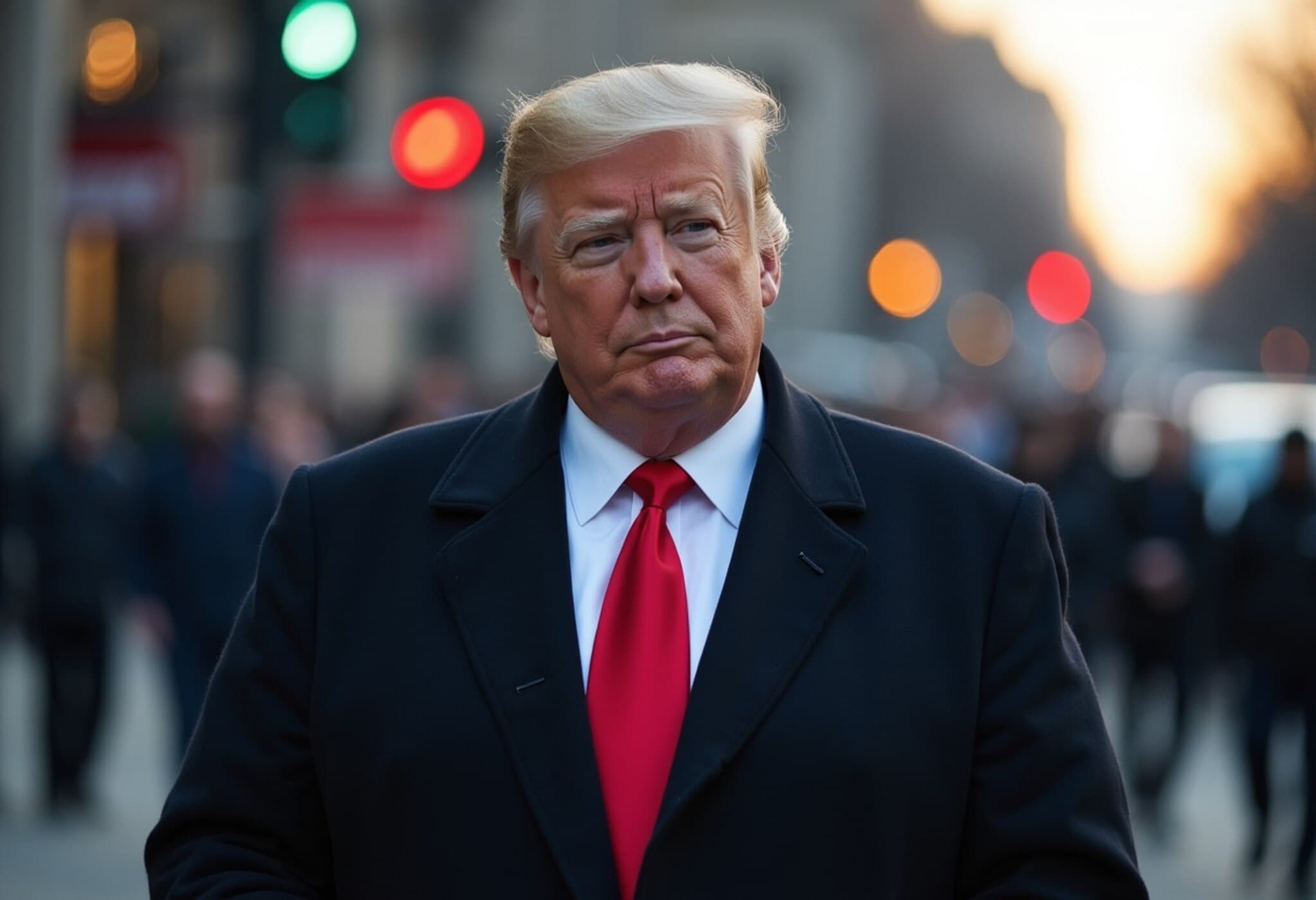Trump Keeps Door Open on China Tariffs Extension Amid Looming Deadline
As the clock ticks down to an August 12 deadline that could significantly escalate tariffs between the United States and China, President Donald Trump maintained a deliberately noncommittal stance. Speaking at the White House press briefing on August 11, 2025, Trump told reporters, "We'll see what happens," when asked if he intends to extend the current tariff truce.
Positive Rhetoric Masks Trade Tensions
Despite mounting concerns about the trade standoff, Trump emphasized what he described as a cordial and constructive relationship with Chinese President Xi Jinping. "We’ve been dealing very nicely with China," Trump said, highlighting the substantial tariffs China currently pays to the US, a point often leveraged to justify American trade policies.
The tariff pause, agreed upon this past May during delicate negotiations in Geneva, was a strategic 90-day cooldown intended to pave the way for a comprehensive trade resolution. However, follow-up talks in Stockholm last month ended without an announcement regarding any extension, injecting fresh uncertainty into the process.
Escalating Tariffs Could Disrupt Global Markets
- Without an extension, US tariffs on Chinese imports are set to soar to an eye-popping 145%.
- Reciprocally, China plans to ramp up tariffs on American goods to 125%.
Such tariff hikes risk unraveling the fragile progress in the bilateral trade war and could ripple far beyond the two nations, unnerving global markets and supply chains already rebounding from pandemic disruptions.
Optimism Amid Skepticism from Key Officials
While President Trump offered guarded remarks, US Treasury Secretary Scott Bessent has expressed a more optimistic view. He recently stated that both sides "have the basis for a deal" and conveyed "optimism" about continuing negotiations. Yet, analysts remain cautious about the slim window to finalize any meaningful agreements before tariffs escalate.
Adding another layer to the negotiations, Trump publicly urged China to quadruple its purchase of American soybeans. However, trade experts warn that such a leap may be unrealistic given global agricultural market dynamics and China's domestic policy goals.
What’s at Stake?
The US-China tariff saga is more than an isolated trade dispute—it is a defining economic confrontation that shapes global commerce, geopolitical alliances, and technology competition. The looming decision on extending or ending the tariff truce will influence sectors ranging from manufacturing to agriculture, with real consequences for American farmers, exporters, and consumers.
Moreover, the episode reinforces critical questions about the efficacy of tariff diplomacy as a tool to manage complex interdependencies in a hyper-connected global economy.
Looking Ahead
As the deadline approaches, all eyes will be on the White House and Beijing to see if pragmatism prevails over confrontation. The coming days could either pave the way for a thaw in trade relations or trigger an intensification of tariffs that may reverberate through the global economic landscape.
Editor’s Note
The tariff deadline underscored in this report is not merely a policy calendar marker but a litmus test for the future of US-China trade relations. Observers should consider how these developments intersect with broader issues like supply chain resilience, technological rivalry, and geopolitical strategy. How the US balances domestic economic interests with its global posture in this arena remains a question of paramount importance—one that demands close scrutiny beyond the headlines.

